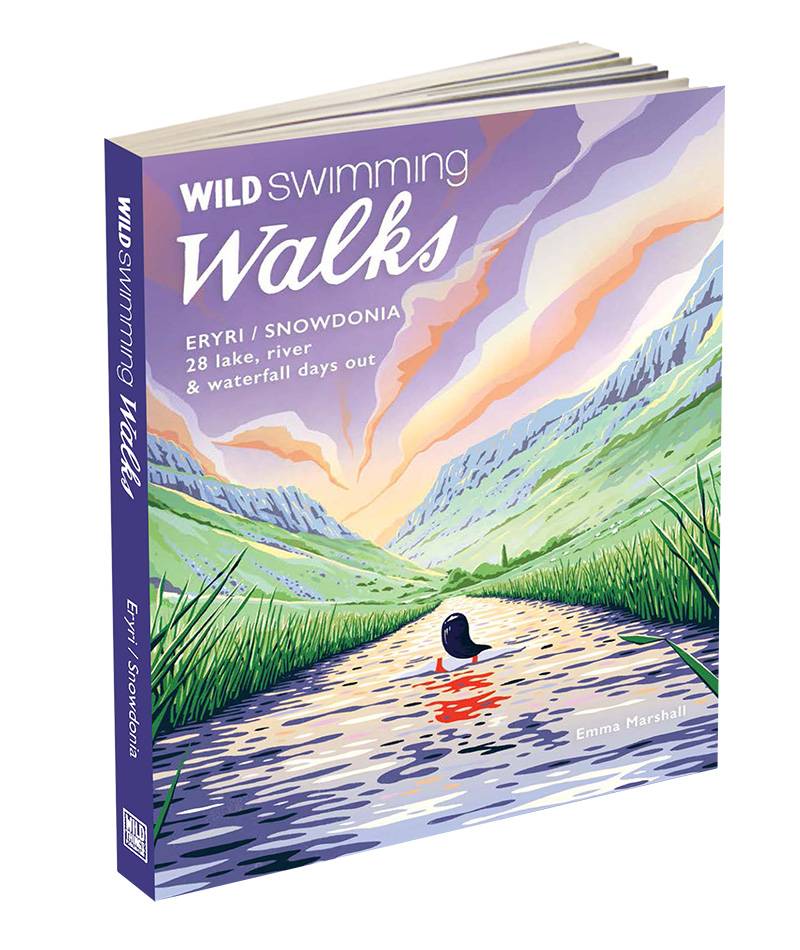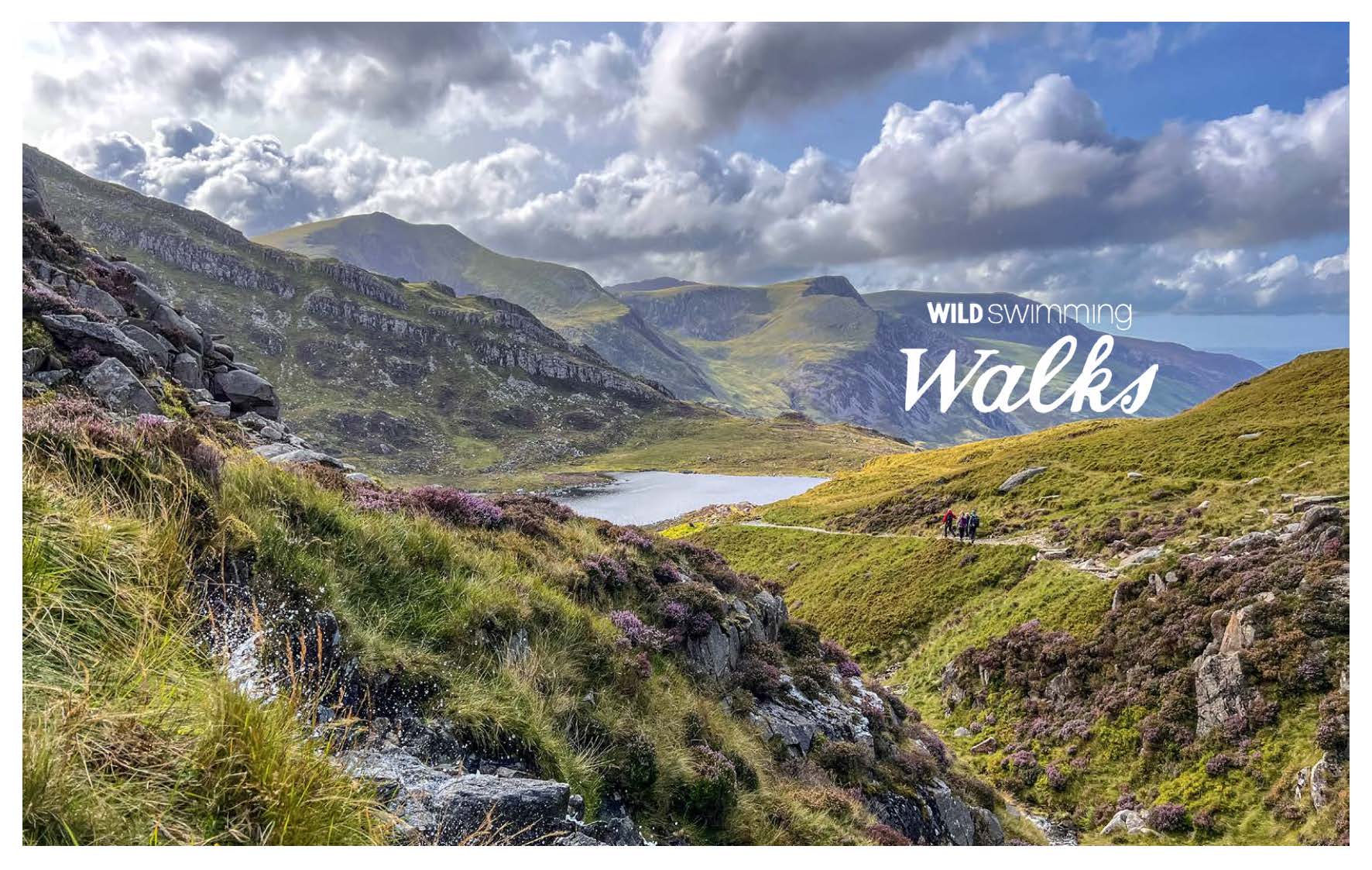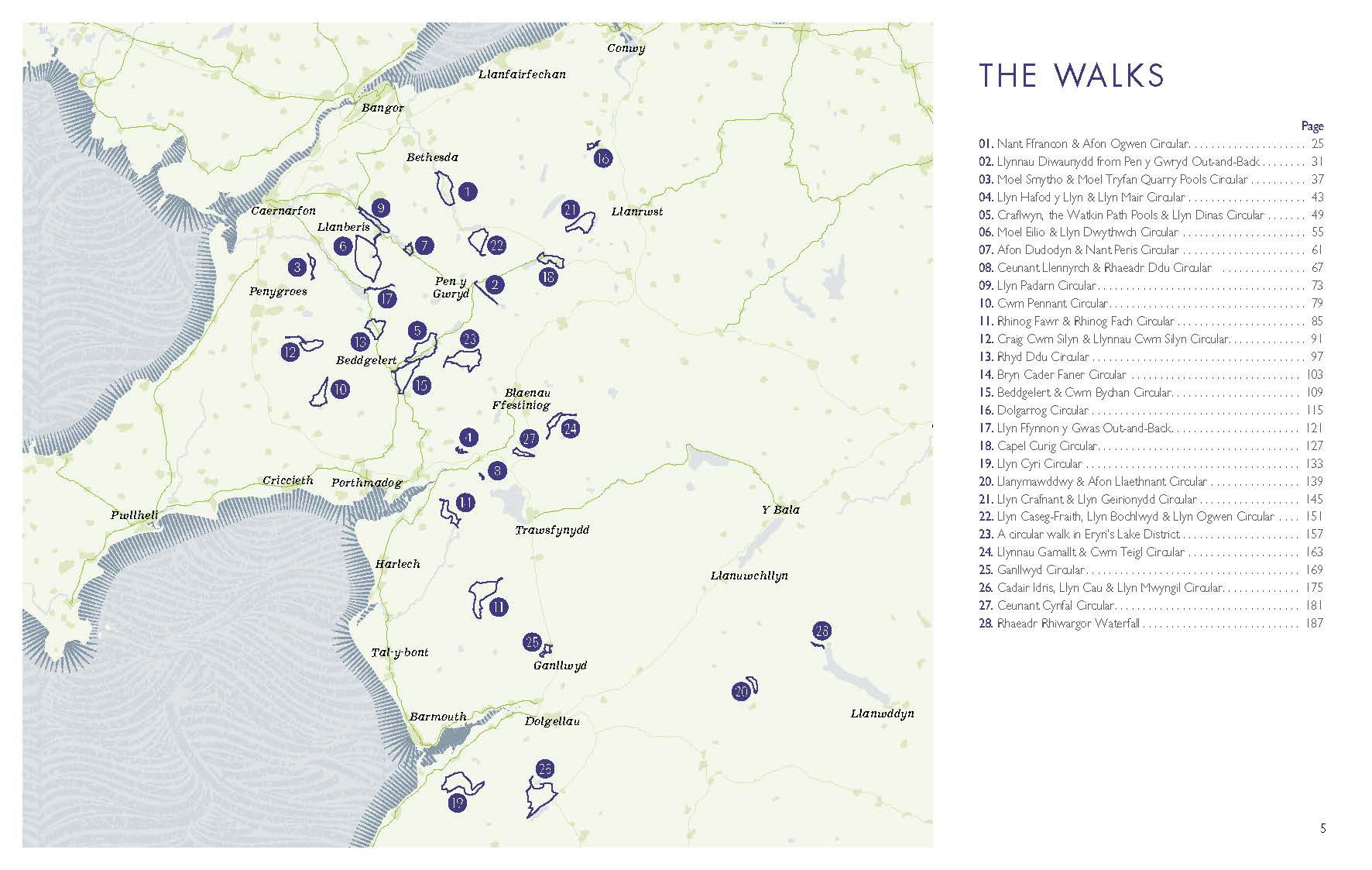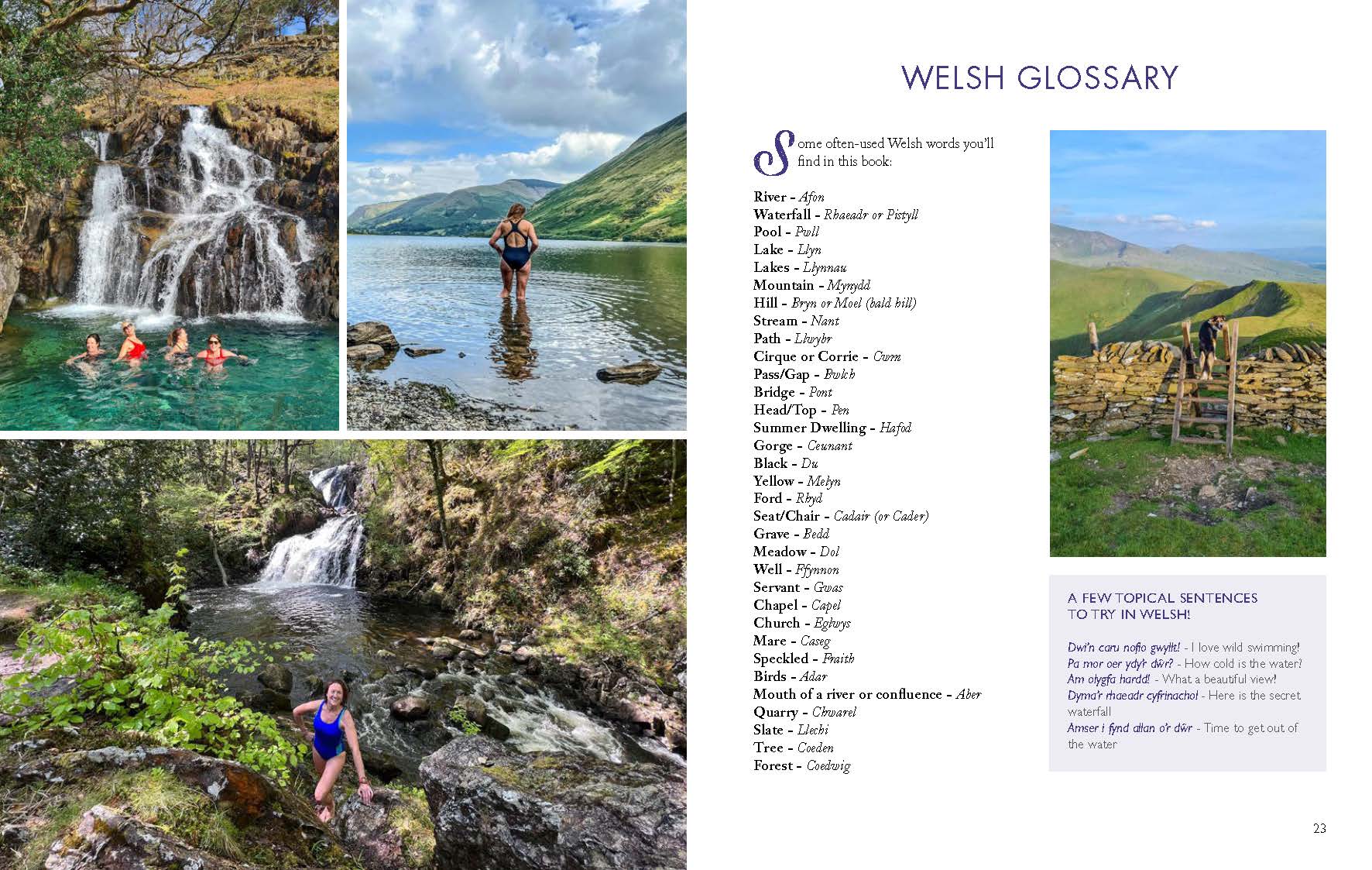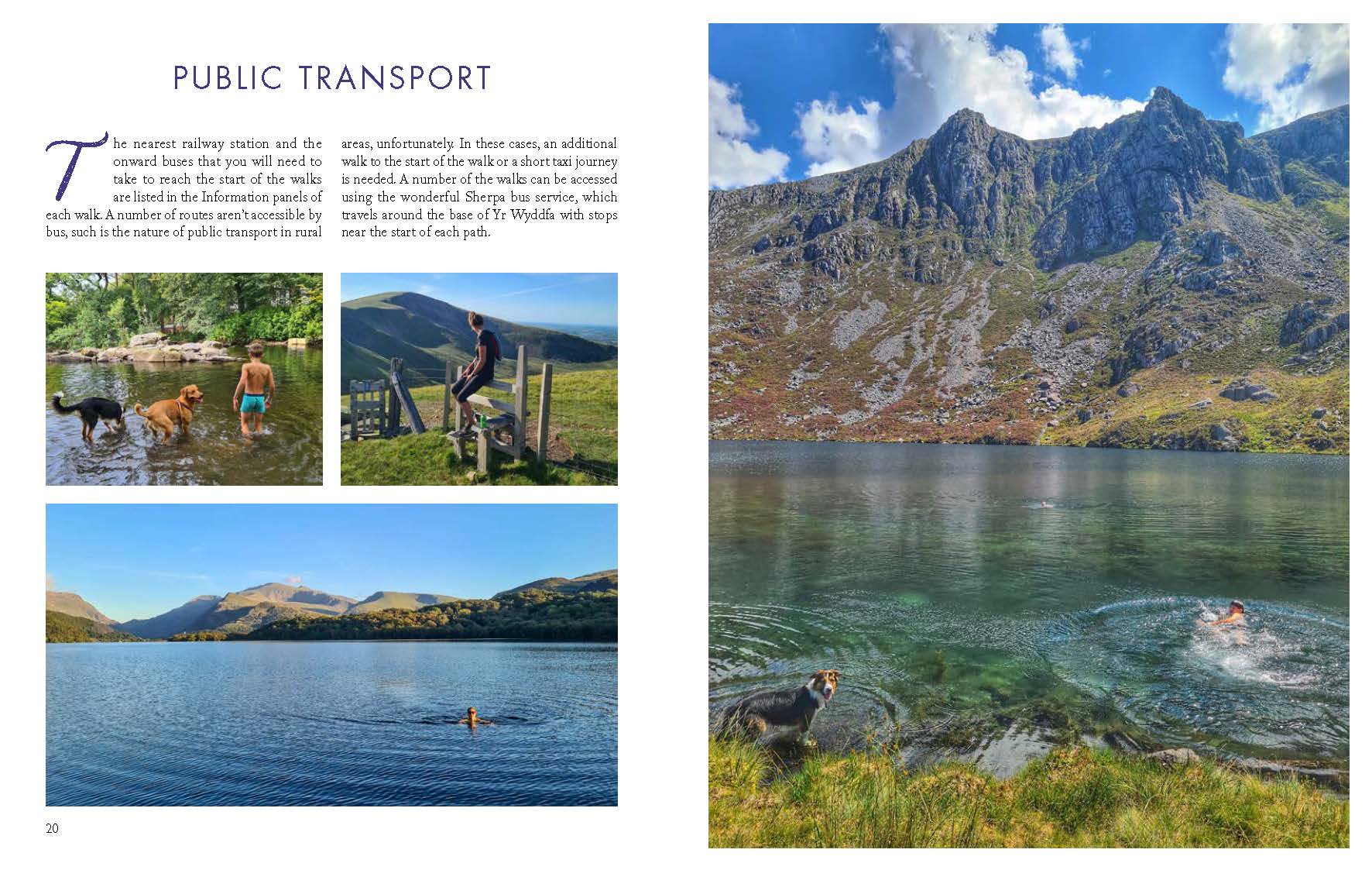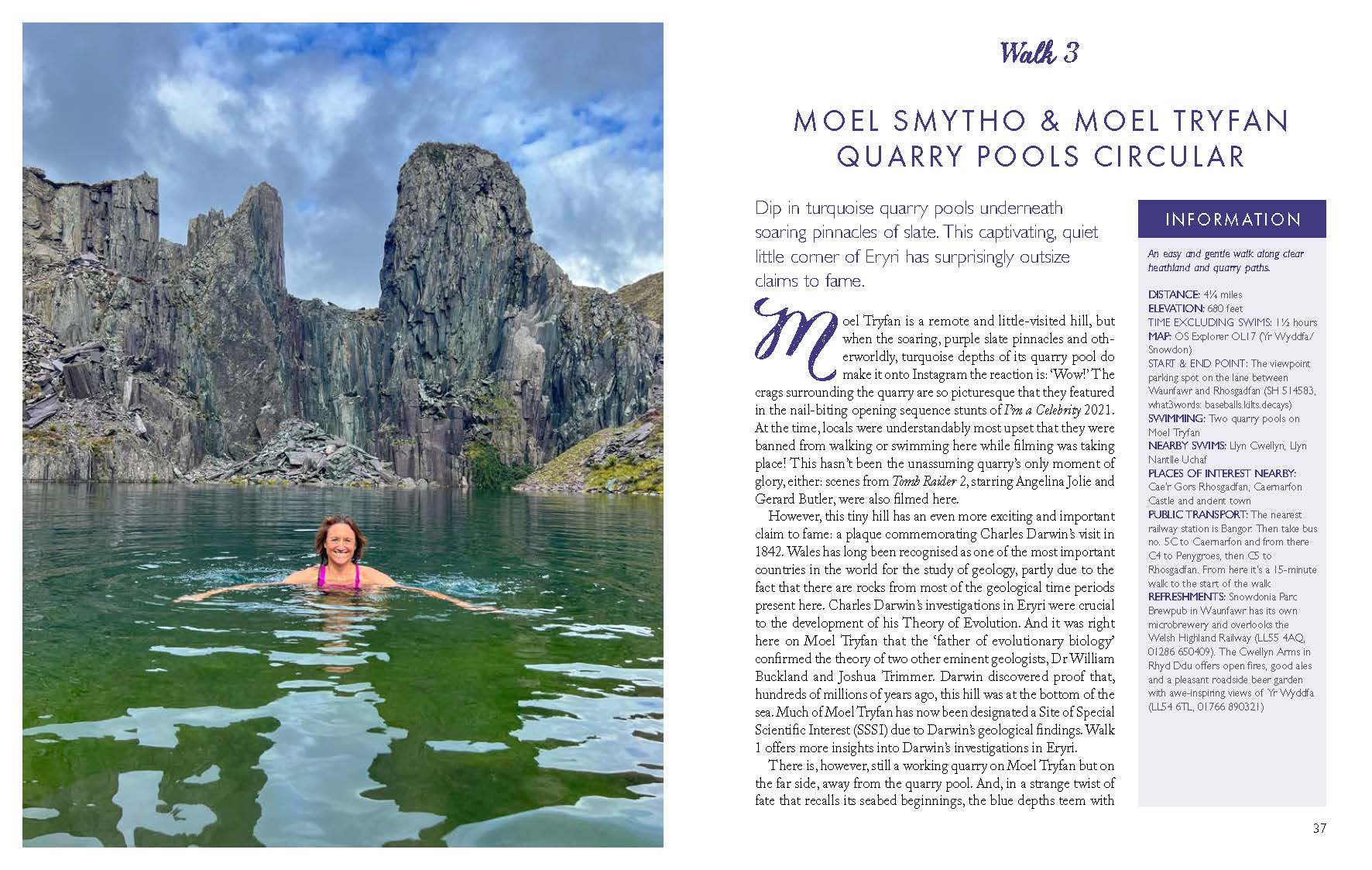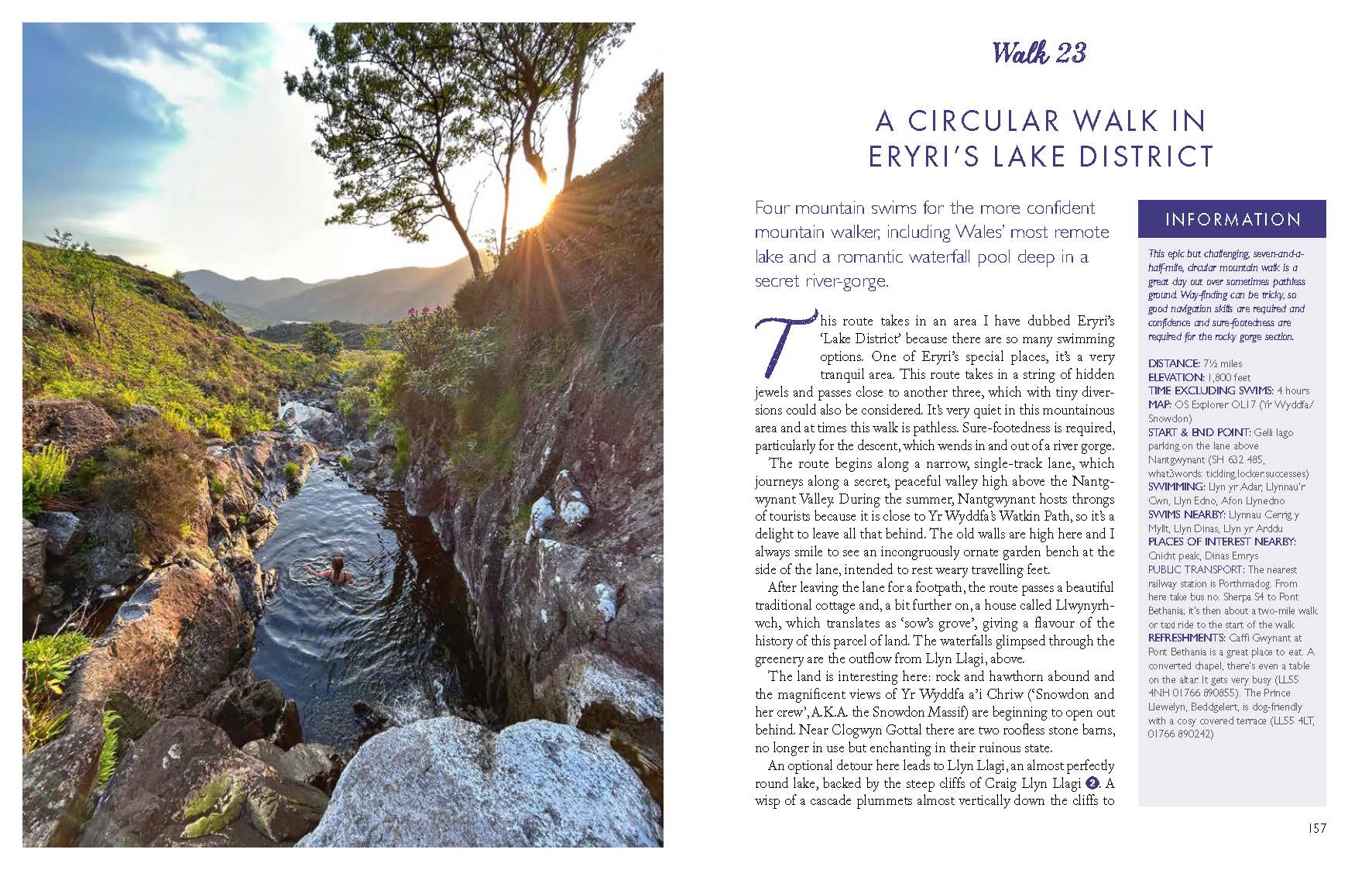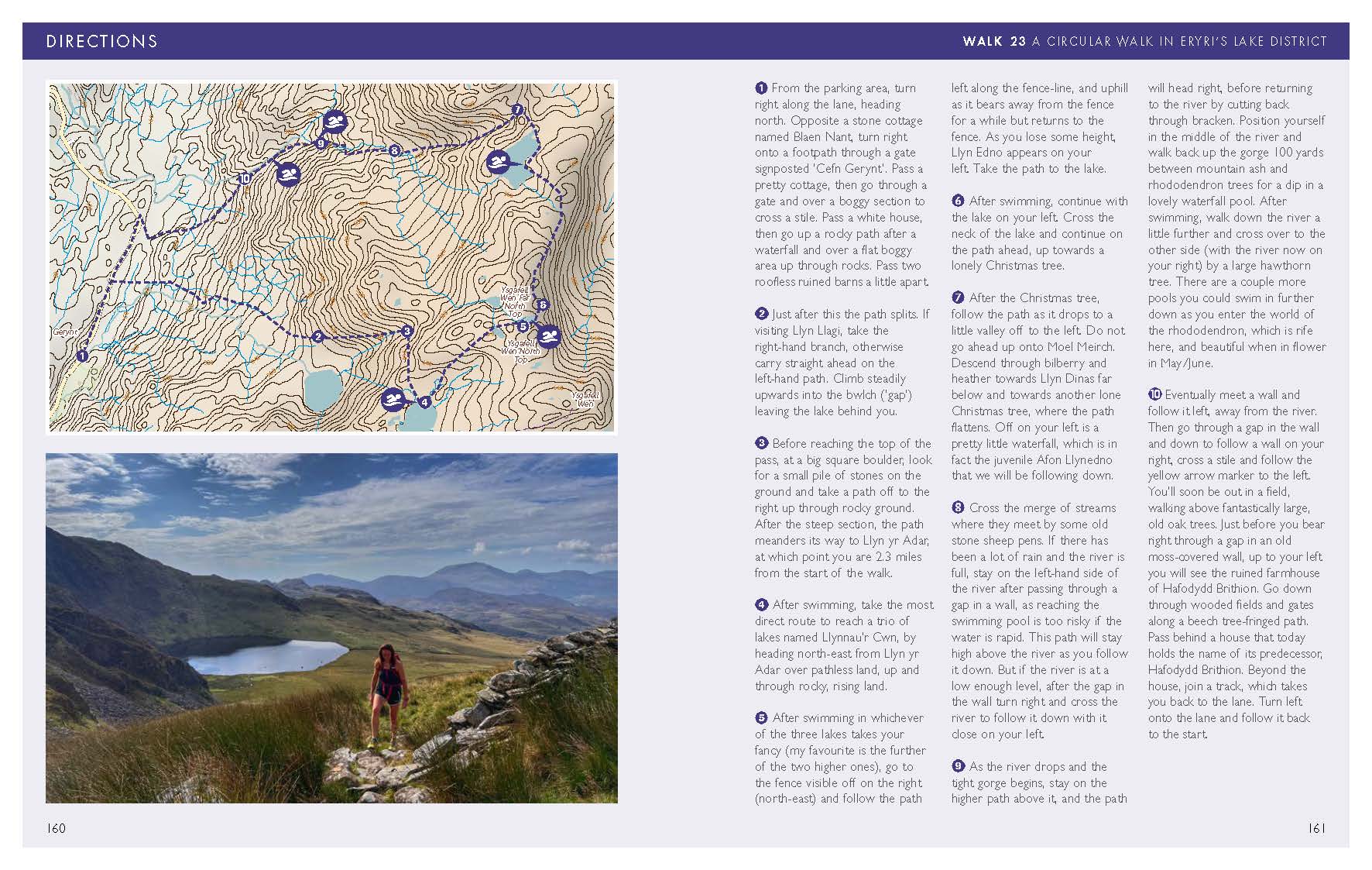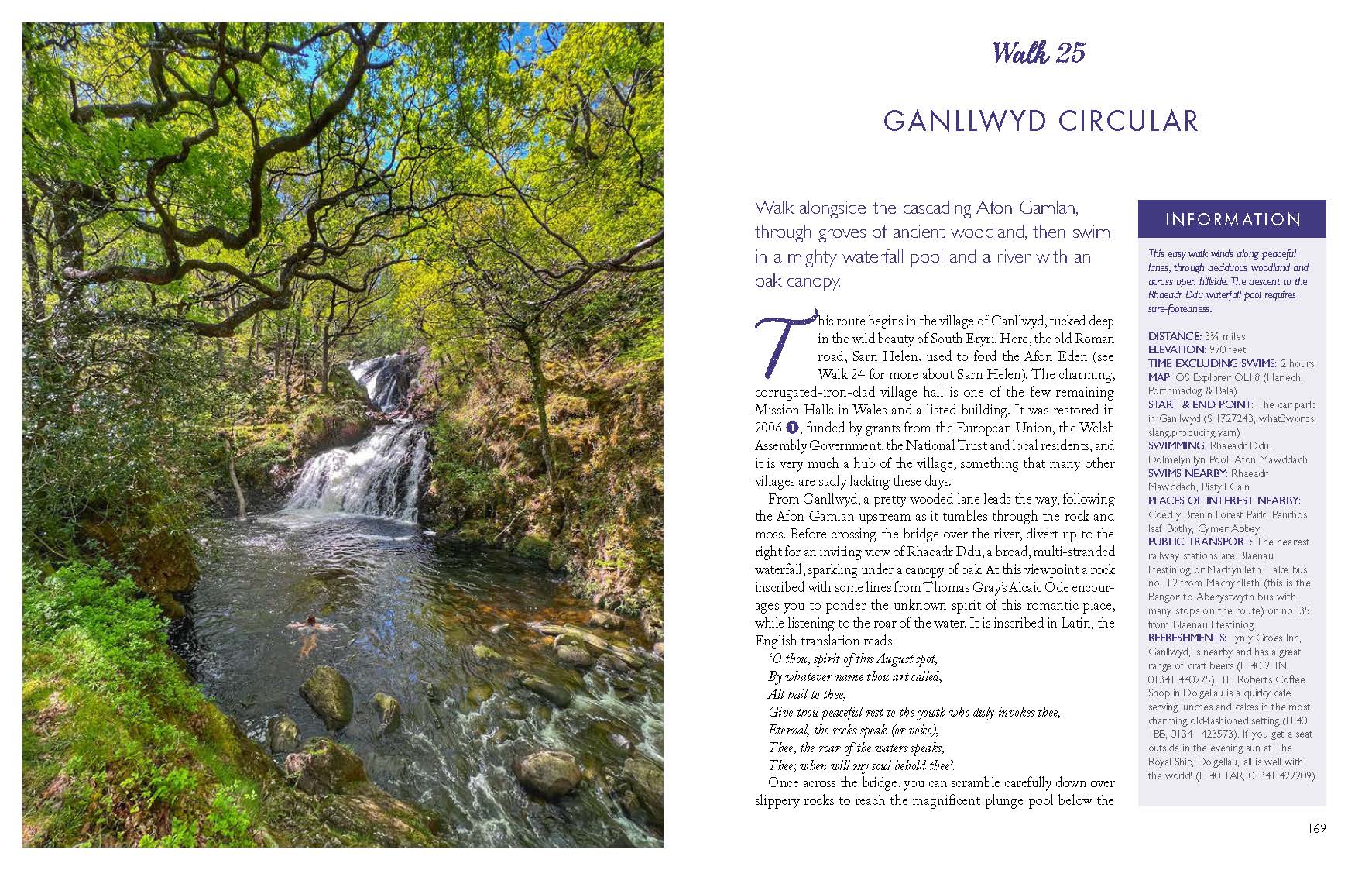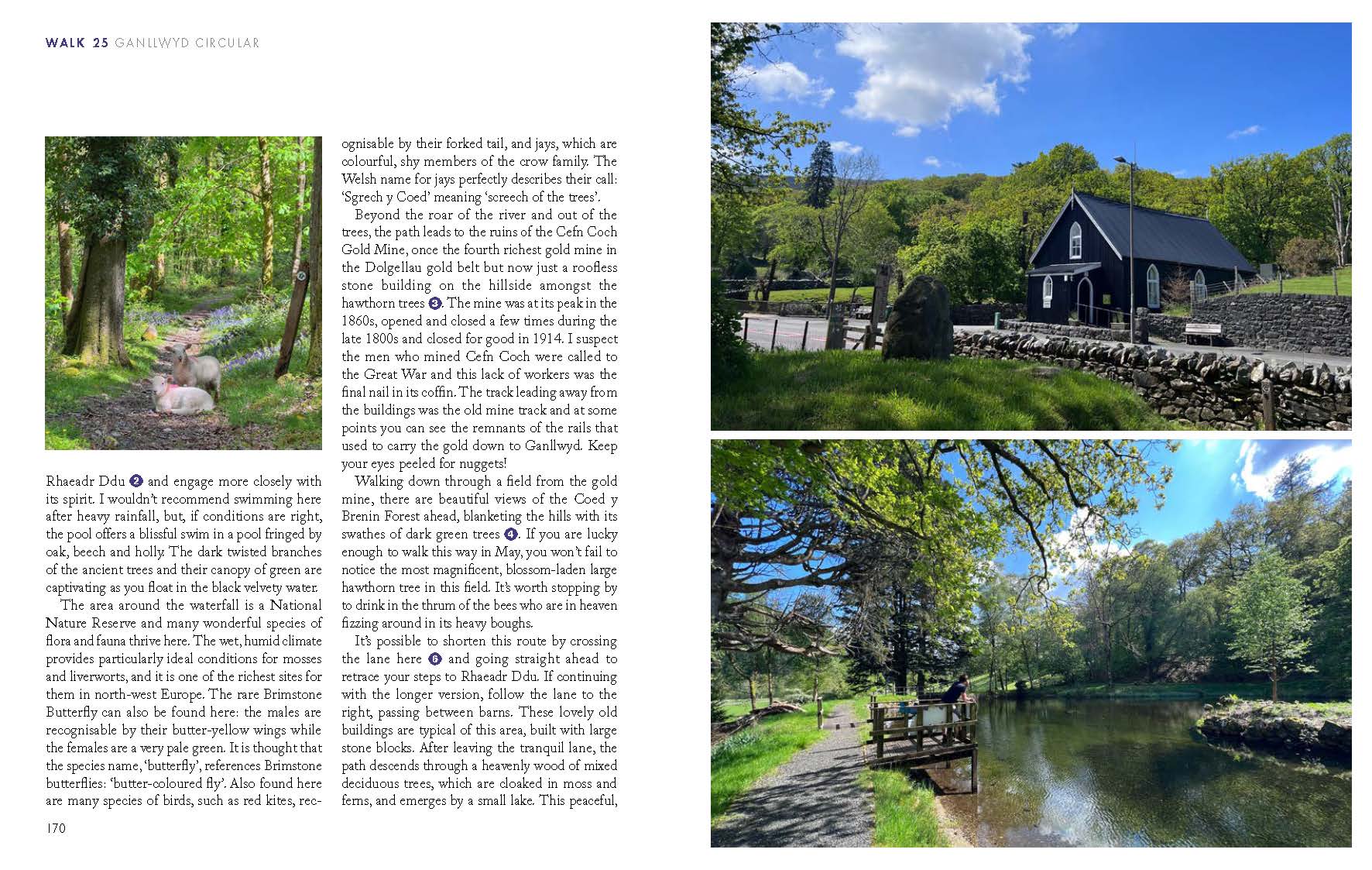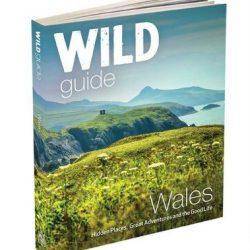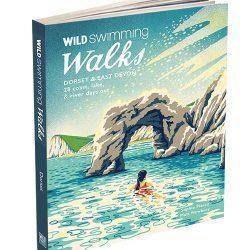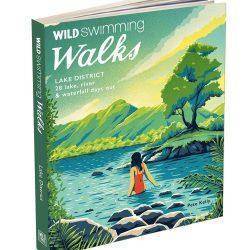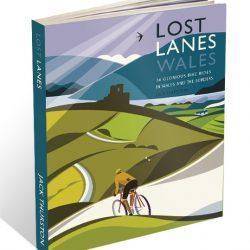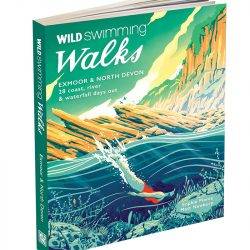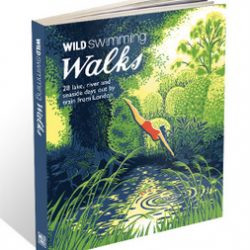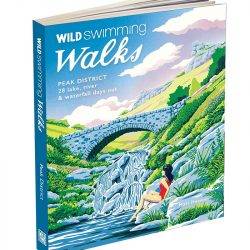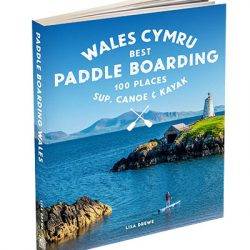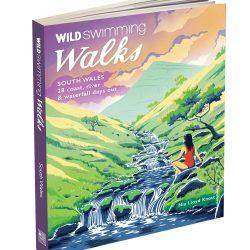Wild Swimming Walks Eryri Snowdonia leads you on 28 adventures in the soaring landscape of Eryri National Park in north Wales. Swim through secret valleys and find hidden waterfalls, exploring high lakes and woodland gorges. Complete with photos, maps and practical guidance, rich in local history and stories, this book will appeal to wild swimmers, family explorers, nature lovers and walkers alike.
JOIN THE ADVENTURE with the best-selling Wild Swimming Walks series and explore Wales’s most popular National Park, from ancient rainforest waterfalls to hidden woodland valleys and serene mountain lakes.
- Dip in blue lagoons under pinnacles of slate
- Glide along tranquil rivers beneath canopies of oak
- Plunge into jacuzzi pools with roaring chutes
- Float in a legendary lake beneath Yr Wyddfa/Snowdon’s peak
- Swim safari through a network of remote mountain lakes
Including detailed directions, maps, stunning photography and downloadable route information to print out or take with you on your phone or tablet.
About the author
Emma Marshall is Head of Development and Alumni Relations at Bangor University. She’s an avid swimmer, runner, walker, photographer and explorer, often with her three children, husband, or friends, but always with Seth, the border collie!
Introduction
From rugged peaks to beautiful valleys, tumbling rivers to epic waterfalls, serene pools to breath-taking lakes: Eryri is a land of jaw-dropping beauty. And it’s not just the spectacular landscape that makes this place so special and unique but also the culture, language, history, and heritage. Parc Cenedlaethol Eryri (Snowdonia National Park) came into being in 1951 and is the oldest National Park in Wales. It is also home to 26,000 people, 58% of whom are Welsh-speaking, although in some communities the figure is over 85%.
Eryri is a place people naturally feel ‘hiraeth’ for when they are away from it. This Welsh word has no direct English translation: it conveys a yearning or a longing for a place. I well remember living away from home for the first time when I was at university in London and feeling this hiraeth for Eryri. I longed to be back in the mountains of home.
Eryri is an ancient place steeped in stories and legends, and for this reason I was delighted when, in 2022, the Snowdonia National Park Authority (Parc Cenedlaethol Eryri) voted to use only the original Welsh names of Yr Wyddfa and Eryri, rather than Snowdon and Snowdonia. Go on, give it a go: Yr Wyddfa is pronounced ‘Urr-with-va’ and Eryri is ‘Err-urr-ee’ (the final ‘e’ of Eryri is how you would say the letter in the alphabet). I believe that place names are important and that we should honour and treasure them. They are a link to the history of a place, to its stories and myths. The original Welsh names aren’t just names, they are stories, connecting us today with the people who lived here centuries ago. Replacing them with new names means losing our history.
Yr Wyddfa, for example, roughly translated, means ‘tomb’ or ‘burial cairn’. Legend tells us that Yr Wyddfa is the grave of Rhita Gawr, the strongest and most feared of all the giants. He boasted about the number of kings he had killed by weaving their beards into his cloak. Eventually, after a fierce battle, Rhita was killed by King Arthur and he and his men buried him there, piling stones on top of the fallen giant. The mountain was known thereafter as ‘Gwyddfa Rhita’, ‘Rhita’s Tomb’, which over time became shortened to Yr Wyddfa.
Most of the swim spots in this book have local legends and stories connected to them. Many of these concern the Tylwyth Teg, which, literally translated means ‘the fair folk’ and is the term used to describe the Welsh ‘fairy people’ of ancient folklore. Fair-haired, small, and without speech, they typically lived in lakes or streams.
These stories have been passed down orally through generations of families and communities. The whispered tales are tweaked and altered a little as the years pass, but there are elements that stay the same and are repeated again and again as different versions of the same story with just the location changed. For example, common tales involve the secretive Tylwyth Teg throwing dust into mortals’ eyes and taking them down to their worlds at the bottom of lakes; others concern mortal men falling in love with female Tylwyth Tegs (these marriages were allowed, as long as the mortal man never touched the female fairy with iron). These fairies kidnap human children and leave changelings in their place. They dance and bewitch and live underground or underwater. They are a wonderful addition to the mythology and legend that abounds in Wales and within this book are many tales of this type.
Four million people visit Eryri each year and, on busy summer weekends, it can feel as though they are all here at once in the more popular areas of the park, such as the areas at the bottom of the paths up Yr Wyddfa (Snowdon) or the Glyderau. Most of the walks in this book will take you to the quieter, calmer areas for the more chilled and real Eryri experience.
Eryri’s UNESCO World Heritage Site status
In 2021, the slate landscapes of north-west Wales were accredited World Heritage Site status by UNESCO. This honour recognises these places as truly important cultural landscapes, alongside the Taj Mahal, Stonehenge, Uluru, the Pyramids of Giza and the Grand Canyon. It also celebrates the contribution made by the quarry communities of Gwynedd to the industrial transformation of society. The United Nations explained that these areas of north-west Wales represent exceptional examples of industrial landscapes that were profoundly shaped by quarrying and mining slate and that they had an internationally important impact as one of the world’s most significant sites and were ‘of outstanding value to humanity’.
Contents
Nant Ffrancon & Afon Ogwen Circular
Llynnau Diwaunydd from Pen y Gwryd Out-and-Back
Moel Smytho & Moel Tryfan Quarry Pools Circular
Llyn Hafod y Llyn & Llyn Mair Circular
Craflwyn, the Watkin Path Pools & Llyn Dinas Circular
Moel Eilio & Llyn Dwythwch Circular
Afon Dudodyn & Nant Peris Circular
Ceunant Llennyrch & Rhaeadr Ddu Circular
Llyn Padarn Circular
Cwm Pennant Circular
Rhinog Fawr & Rhinog Fach Circular
Craig Cwm Silyn & Llynnau Cwm Silyn Circular
Rhyd Ddu Circular
Bryn Cader Faner Circular
Beddgelert & Cwm Bychan Circular
Dolgarrog Circular
Llyn Ffynnon y Gwas Out-and-Back
Capel Curig Circular
Llyn Cyri Circular
Llanymawddwy & Afon Llaethnant Circular
Llyn Crafnant & Llyn Geirionydd Circular
Llyn Caseg-Fraith, Llyn Bochlwyd & Llyn Ogwen Circular
A circular walk in Eryri’s Lake District
Llynnau Gamallt & Cwm Teigl Circular
Ganllwyd Circular
Cadair Idris, Llyn Cau & Llyn Mwyngil Circular
Ceunant Cynfal Circular
Rhaeadr Rhiwargor Waterfall
